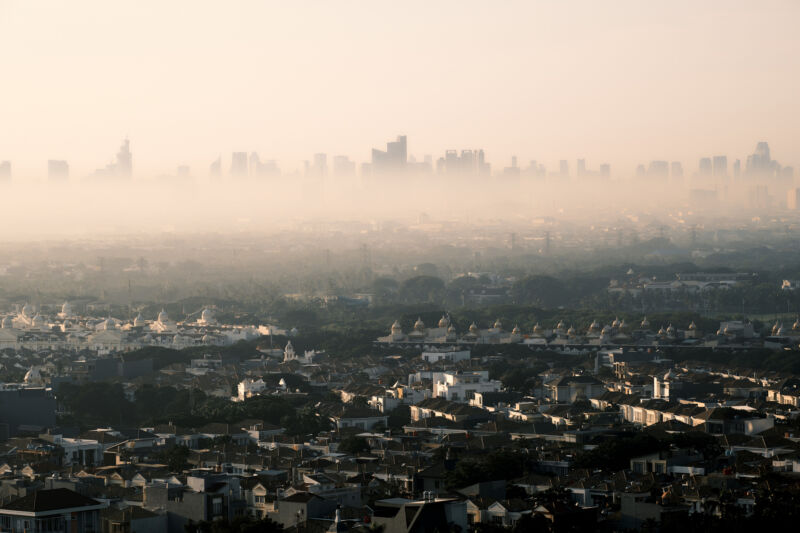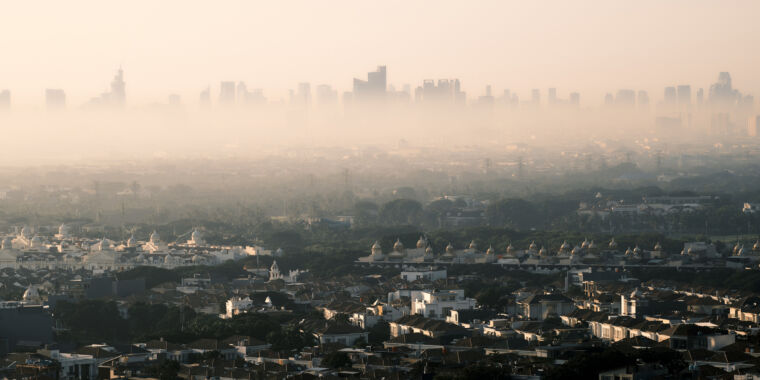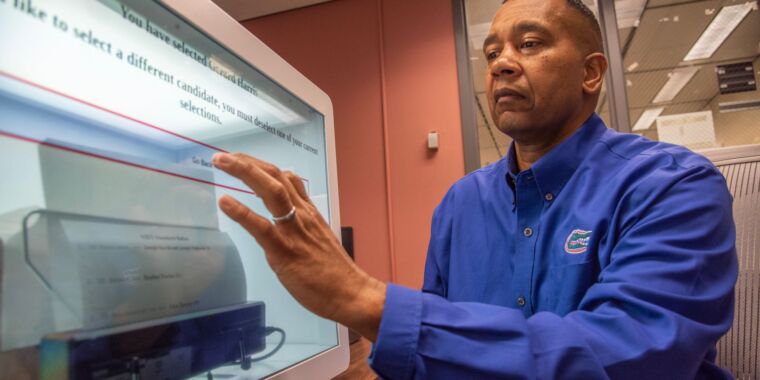
In 2008, the United States embassy in Beijing installed an air-quality monitor and started tweeting out its findings every hour. Since then, these monitors have popped up in more than 50 embassies in countries and cities around the globe.
Something unexpected happened in each of the cities in which the monitors appeared. Researchers found that, overall, air quality improved in the cities where embassies were tweeting out air-quality data. “We were surprised,” Akshaya Jha, assistant professor of economics and public policy at Carnegie Mellon University and one of the paper’s authors, told Ars.
Monitoring micrograms
According to the World Health Organization, in 2019, more than 90 percent of the world’s population lived in areas with dangerous levels of air pollution. Further, according to Jha’s paper, this phenomenon tends to be worse in low- and middle-income countries. However, air-quality monitoring in those countries is quite rare.
Work on this research began around a year ago. Jha’s team wanted to look at something completely different: the impacts that improvements in air pollution had on hazard pay among embassy workers. However, when the team began studying the literature, they couldn’t find good information on reductions in air pollution relative to when embassies started their monitoring in many locations. As such, they began looking into it themselves.
To study this, they used satellite data to look at air pollution in 466 cities in 136 countries, of which 50 cities across 36 countries received the air-quality monitors by 2020. They looked at the air pollution in all of these cities in the years before and after the monitors were installed, using the years prior to installation and the cities that did not receive monitors as controls.
The research found that the cities that had a US embassy that set up one of these monitors and tweeted out air-quality data saw a decrease of PM2.5 particulates to the tune of 2 to 4 micrograms per cubic meter—compared to their air quality before getting the monitor and to other similar cities that do not have a monitor.
PM2.5 is a fine particulate associated with air pollution that can cause a range of health problems, including non-fatal heart attacks, decreased lung function, and premature death. For reference, the US standard for air quality is 12 micrograms per cubic meter. Jha noted that the US has a fairly high standard, though there might be other jurisdictions around the globe that have higher ones.
Applying pressure
According to Jha, the researchers don’t know precisely why the monitors’ installation might be associated with a drop in air particulate. They did find that, after the monitors were set up and began tweeting air quality data, there was an increase in Google searches about air quality in the jurisdictions that got them. That suggests that the embassy’s actions drove the changes, rather than the embassy and local authorities both responding to the same concerns.
So it’s possible that the monitors led to an increased awareness of the poor air quality among residents. This, in turn, could lead to these populations pressuring local regulators to take action. Alternatively, local and federal regulators could have been using the data to take their own actions.
“Obviously, [the US has] no regulatory authority in these other countries. It was purely an informational intervention,” Jha said.
The reasons why the air pollution decreased could have varied by country, Jha said, but the research doesn’t explore that as such. In the case of China, however, the reductions could be as a function of international pressure. The Chinese government could have worked to address the air quality in Beijing to due to other countries observing the data.
Hazard pay
The research also made use of data surrounding mortality caused by air pollution to calculate the monetary benefits caused by these pollution reductions. The team estimated that decreases in premature deaths the cities saw would equal $127 million for the median city in 2019. The researchers also found that the amount of hazard pay embassy staff received decreased along with the air pollution. The US Department of State saved $33,971 per year in hazard pay in the median embassy.
According to Jha, the monitors cost around $75,000. As such, they’re a fairly low-cost tool to save the embassies money and might improve health care outcomes in the countries. This isn’t to say that the US should unilaterally install these monitors at all embassies. But, rather, that providing high-quality air information to residents can lead to positive changes.
“This speaks to the importance of making that information available,” he said. “If we make air pollution [data] more salient, that could lead to more regulation.”
PNAS, 2022. DIO: 10.1073/pnas.2201092119 (About DOIs)








